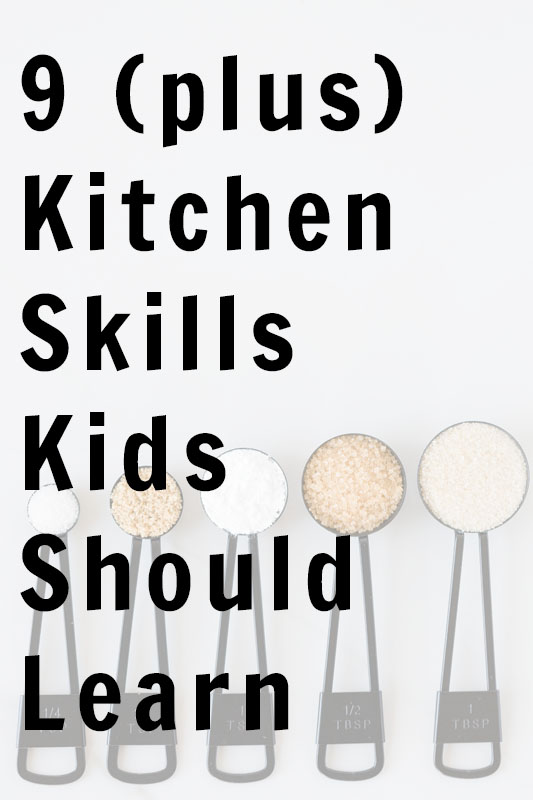The end of the school year is here. The pencils are worn and tired, the workbooks ready for a break. Sunshine beckons and we are ready for more carefree days. Summer is a time of rest, rejuvenation, and reset.
As the days lengthen and the lists lighten, there is a bit more time for the kids to join me in the kitchen. My three year-old climbs up onto a stool next to me, eager to help. “Tan I help you?” she lisps. I hand hand her the spoon, watching as she tries to figure out how get a good grasp on it. She leans on her other hand for balance, and starts to stir. I suddenly realize part of stirring is holding the pot with the other hand, so it doesn’t swirl around (and off the counter). We adjust, and she resumes.

Little times like this have me thinking about the similarities between cooking and reading.
As an experienced reader, I don’t spend time thinking about the mechanics involved; the phonics, the blending, the punctuation. It all just flows. We forget, after becoming skilled readers, how many processes we are doing at once.
It’s the same way with cooking. Putting a meal on the table is a complex symphony of tasks, completed mostly on autopilot. I don’t need to coach myself on holding the bowl while I stir- I don’t even think about it. By now I am instinctively putting the peas on to simmer while the noodles are boiling, so everything will be ready at the same time.
I wouldn’t begin teaching my child how to read by giving her a novel. No, I would start with the building blocks- letters, phonics, etc. and build from there. In the same way, when we pull our kids into the kitchen, we can start by teaching them small building blocks, giving them the tools they need to be a confident cook.
So here’s what I’m thinking about as I head into this summer- what are the “kitchen phonics?” What kitchen skills can be strengthened in each of my children this summer, so they head into the next school year more confident cooks?
Here’s a list I’m starting with. My kids range from 3-14, so they will each be able to do different levels. Maybe it will give you an idea or two in your own kitchen?
Dexterity

How to crack an egg. Have them start by cracking them into a separate bowl, so you won’t be discouraged about shells.
How to brown a pound of hamburger. One of my friends used this as her only goal for a summer, to have her son know how to brown a pound of hamburger, from frozen. Her reasoning was this: how many dishes start with ground beef? So many. So, she figured, if he just had the ability to “start” supper, with or without her, she would be halfway there.
How to peel a potato. Maybe start with a carrot? But it is good to know how to do this without skinning your knuckles. How do you need to hold the peeler? What do you do with the peels?
Confidence Around Danger

Knowing how to interact with danger in the kitchen is an essential part to cooking. We spend lots of time teaching our kids how to stay away from the danger, but as our kids get older, we also need to teach them what- specifically- is dangerous. We actually need quite a bit of confidence in the kitchen to be safe.
Using the oven: What, exactly, gets hot. How and why to preheat, how to put things in and take them out. To make sure your hot pads are dry so they don’t conduct heat. What can and cannot go in the oven (my kids put an entire package of tortillas in the oven one time, plastic and all! Beyond the fumes, the plastic completely adhered to the plate…not the decoration I was hoping for.)
Using the stove top: How to turn it on and off, and how long the burners stay hot. How to hold utensils and handles firmly around a stove to prevent them from dropping and splattering a hot mess everywhere. How to safely put out kitchen fires using baking soda.
How to use a knife, and how to wash it safely. Start with small things cheese or lunch meat, moving up to straight vegetables (carrots, celery, cucumbers). Work up to chopping up onions and potatoes.
How to avoid contamination. This is one of those things so second nature to me I forget about teaching it to my kids. But they do need to know about not storing raw meat over vegetables, washing cutting boards or knives used for meat with hot soapy water, and keeping work areas separate.
Know-How

Understand kitchen time. Much of my early cooking frustrations centered around not understanding kitchen time. Cooking involves both active time and waiting time. Active time includes things like gathering ingredients and tools, mixing and cutting, etc, while waiting time includes baking, cooling, rising, etc. All of these have to be factored in when planning to cook. Bonus points for using the waiting time to wash a few prep dishes!
How to read a recipe. I think you could go smaller yet, with finding the right size measuring cup or spoon, etc. Have the kids pull those fractions out of the math book and connect them to the real world.
What different ingredients “do.” Eggs bind things together. Baking powder makes things rise. You’ve got to add the salt or it will taste bland. Help them to understand the anatomy of a dish, and it will become science rather than magic.
So, I’m wondering- what am I missing? What do you think of when you consider the building blocks of kitchen knowledge? I would love to hear your thoughts and ideas! This is an area where I would love to grow and learn.

